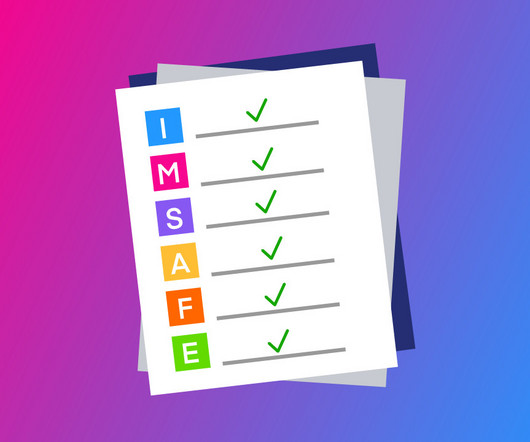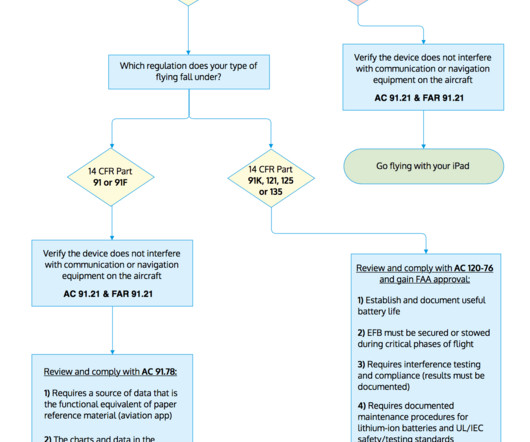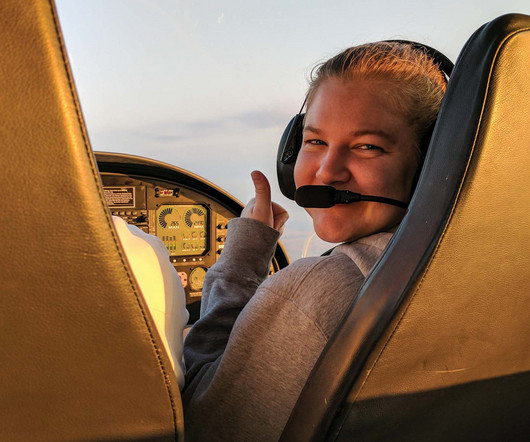IMSAFE Checklist Acronym Explained
Pilot Institute
JANUARY 7, 2025
This tool is used by both general aviation and airline pilots. A general rule of 8 hours from bottle to the throttle will serve you well, although many airlines have more stringent restrictions of 12 or 14 hours for their crew. Its goal is to help them maintain high standards of flight safety. Not one drop.













Let's personalize your content